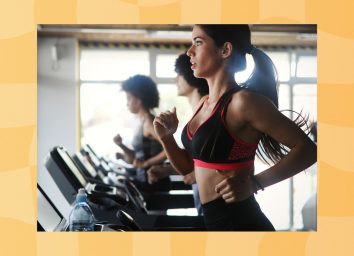5 Exercise Habits That Are Destroying Your Joints Faster Than You Think
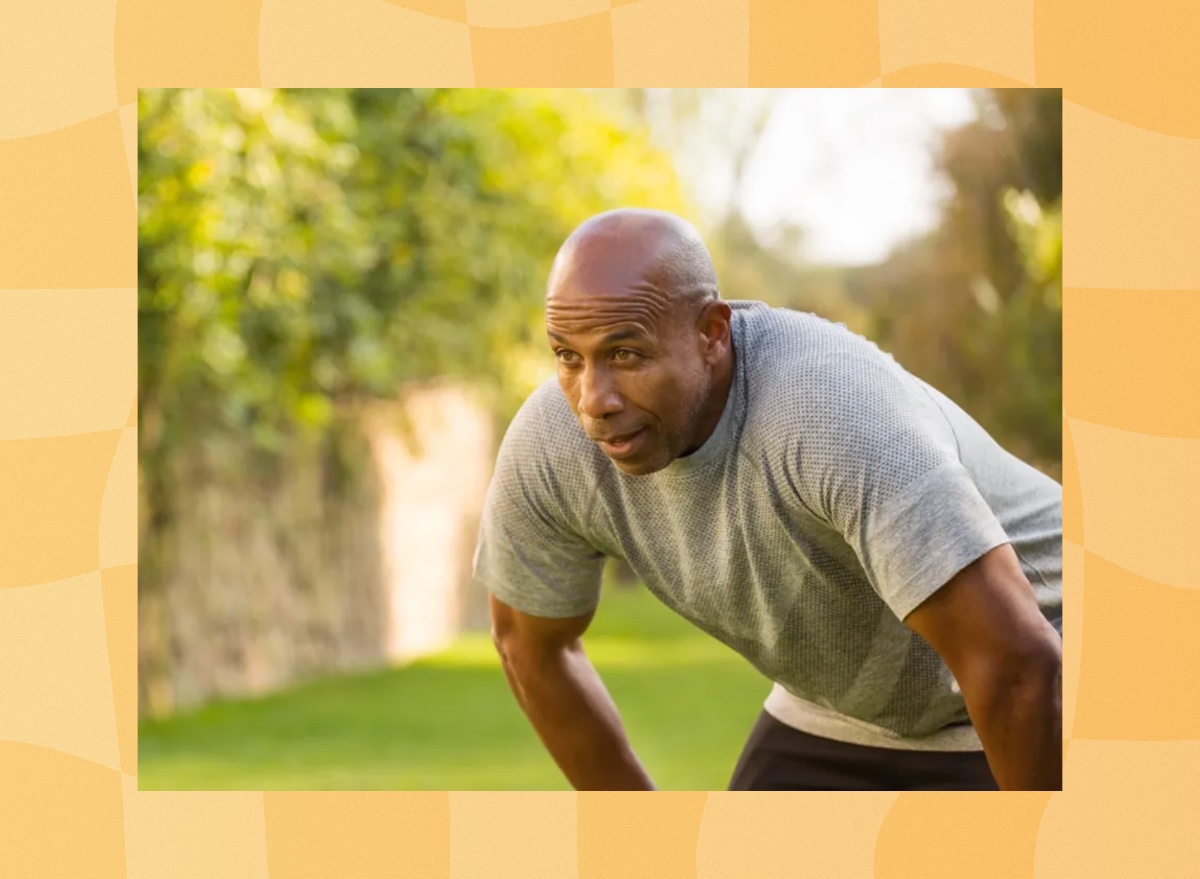
Having healthy joints is central to maintaining freedom of movement. Healthy joints help you stay mobile, pain-free, and active, supporting any movement that you need or want to do. Protecting your joints is vital for your overall well-being, but there are bad habits we unknowingly do that cause harm. Here are five things to stop doing now to avoid aging your joints faster.
Not Staying Hydrated
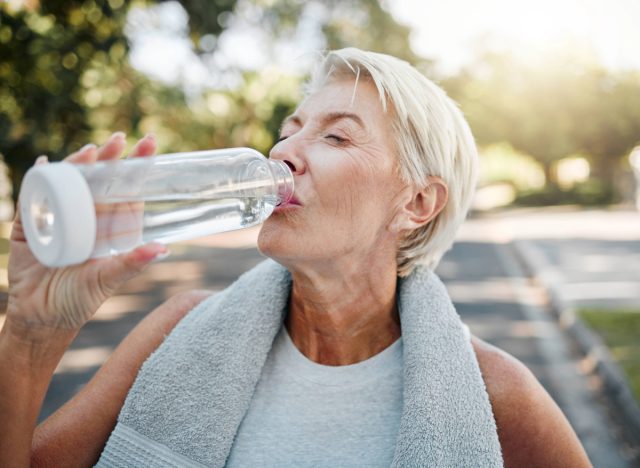
Most of the body's joints are synovial joints surrounded by synovial fluid. Synovial fluid is a lubricant and shock absorber for the joints. It delivers nutrients and removes waste products to/from the joints. Because synovial fluid is mostly water, if you are dehydrated, you are compromising all of these functions. Water keeps the synovial fluid viscous, allowing it to properly protect the joints by absorbing force and reducing friction between the articulating surfaces of the joints. Proper hydration ensures that proper nutrients can reach the joint cartilage and that waste products can exit the joint capsule. Your joints will experience more wear and tear if you are not properly hydrated.
Not Sleeping or Resting Enough In Between Workouts
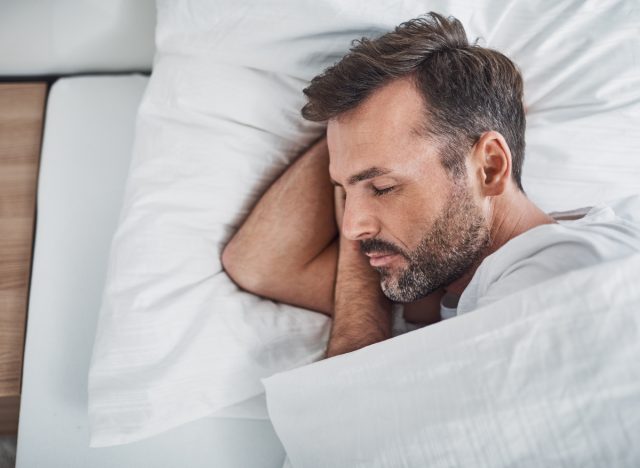
Healing happens during sleep and rest. If you are not getting enough sleep or rest, especially if you exercise regularly, you are not allowing your body to repair itself which is what is necessary for seeing the benefits of exercise. Proper sleep can help decrease inflammation in the body, regulate stress hormones, and allow for proper tissue repair.
Not Eating Enough When Training
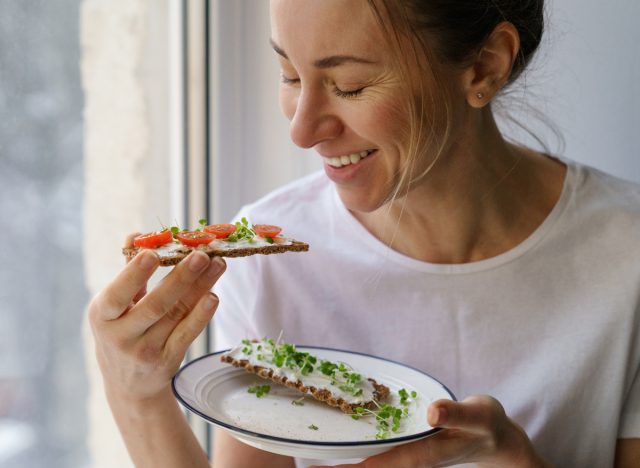
If you are not eating enough, your body is not supported. Your body needs energy (in the form of calories) to repair itself and to maintain proper function of all of its structures, like muscle, bone, connective tissue, etc. So much of the advice out there is to eat less and move more, but if you are not adequately fueling your body, it can lead to muscle loss, which can lead to joint instability and increased strain on the joints and nutrient deficiencies, which can lead to weakened structures and insufficient building blocks for regeneration and healing.
Not Warming Up Properly Before Working Out
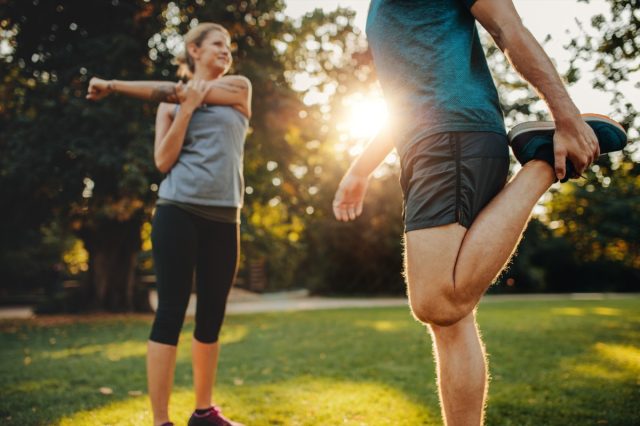
Warming up prepares the body for what is ahead. Warming up helps to stimulate synovial fluid in the joints, which we know helps protect and cushion the joints. In addition, warming up before working out helps to increase elasticity in the muscles and tendons, which helps decrease the risk of injury, increases blood circulation, which means joints get more oxygen and nutrients, and prepares the nervous system for movement, which means your awareness of your movement is better which can help protect the joints. Warming up also helps to stimulate stabilizing muscles that help support the joint, allowing the work to go into the muscles, not the joints.
Ignoring Pain When Exercising
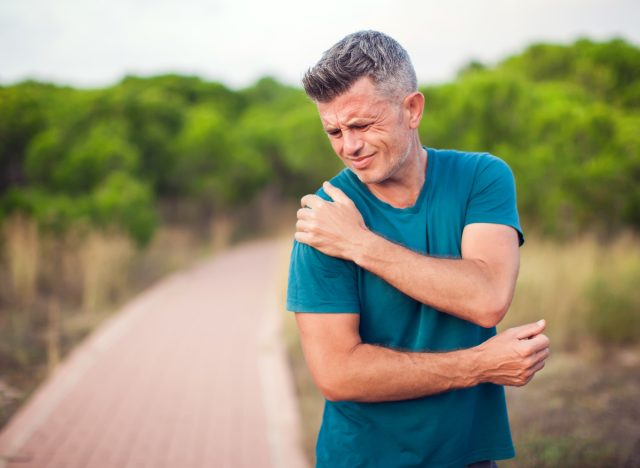
The era of "no pain, no gain" is officially over. Pain is one of the few ways our body can communicate with us and pain signifies that something is wrong. Either presently or in the past. When we don't listen to these pain signals and keep pushing through an exercise even though it hurts, we could be doing damage to the body. Pain in the joints, specifically, can be a sign of inflammation, overuse, or damage to the joint (cartilage, surrounding ligaments, etc), so listening to that pain and responding appropriately can help keep your joints healthy.


